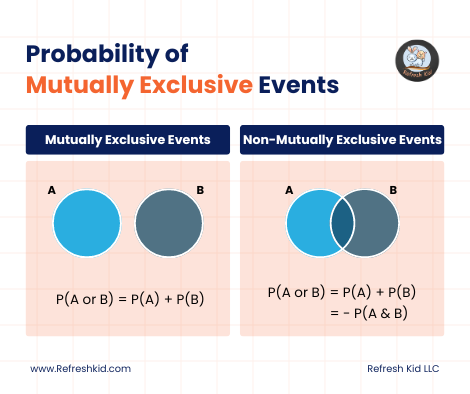Introduction
Mathematics is like a puzzle where we solve problems by finding missing pieces. One important puzzle in math is solving linear equations. In this lesson, we will dive into the world of linear equations, explaining the process step by step using relatable examples that will make it easier for middle school students to grasp.
What Are Linear Equations?
Before we begin, let's understand what linear equations are. A linear equation is an equation where the highest power of the variable (usually "x") is 1. It represents a straight line on a graph. For example, "2x + 3 = 7" is a linear equation because the variable "x" is raised to the power of 1.
Why Solve Linear Equations?
Solving linear equations is important because it helps us find the value of the unknown variable and provides solutions to real-world problems. Whether we're calculating the cost of items, determining distances, or understanding rates of change, solving linear equations helps us make sense of the world around us.
How to Solve Linear Equations
Now let's uncover the mystery of solving linear equations by following a step-by-step process. We'll use real examples to illustrate each step.
Step 1: Simplify Both Sides
The first step in solving a linear equation is to simplify both sides of the equation by combining like terms. Like terms are terms that have the same variable raised to the same power. For example, in the equation "3x + 5 = 2x + 9," the terms "3x" and "2x" are like terms.
Example: Let's solve the equation "2x - 7 = 5x + 1."
We start by simplifying both sides:
2x - 7 = 5x + 1
Step 2: Isolate the Variable
After simplifying, our goal is to isolate the variable (in this case, "x") on one side of the equation. To do this, we need to get rid of any constant terms or coefficients attached to the variable.
Example: Continuing with our equation "2x - 7 = 5x + 1."
We can start by moving the variable terms to one side and the constant terms to the other side. Let's subtract 2x from both sides of the equation:
2x - 2x - 7 = 5x - 2x + 1
Simplifying further:
-7 = 3x + 1
Step 3: Remove Constant Terms
Next, we aim to remove the constant terms from the side with the variable. This involves performing the inverse operation of addition or subtraction.
Example: Let's continue with our equation "-7 = 3x + 1."
To remove the constant term "1," we subtract it from both sides of the equation:
-7 - 1 = 3x + 1 - 1
Simplifying further:
-8 = 3x
Step 4: Solve for the Variable
In the final step, we solve for the variable by dividing both sides of the equation by the coefficient attached to the variable.
Example: We'll use our equation "-8 = 3x" to solve for "x."
Dividing both sides by 3:
-8/3 = 3x/3
Simplifying further:
-8/3 = x
So, the solution to the equation "2x - 7 = 5x + 1" is x = -8/3.
Real-World Example
Let's apply what we've learned to a real-world example. Imagine you have $50 and want to buy a toy that costs $20. You want to find out how much money you will have left after the purchase.
Step 1: Define the variables:
Let x represent the amount of money you will have left after the purchase.
Step 2: Set up the equation:
The cost of the toy is $20, and you start with $50, so we can write the equation as:
50 - 20 = x
Step 3: Simplify the equation:
30 = x
The solution tells us that you will have $30 left after buying the toy.
Conclusion
Solving linear equations is like unraveling a mystery in mathematics. By following a systematic process of simplifying, isolating the variable, removing constant terms, and solving for the unknown, we can find solutions to equations and real-world problems. Remember, practice makes perfect, so keep exploring different examples and sharpening your problem-solving skills. Enjoy the journey of unlocking the mystery of unknowns through the power of linear equations!
FAQs
Q: What is the highest power of the variable in a linear equation?
A: In a linear equation, the highest power of the variable is 1. This means that the variable is not squared or cubed, but raised to the power of 1.
Q: Why is it important to simplify both sides of the equation before solving?
A: Simplifying both sides ensures that we have a clear and concise equation to work with, making it easier to isolate the variable and find its value.
Q: Can linear equations be used to solve real-world problems?
A: Yes, linear equations are widely used to solve real-world problems involving rates, costs, distances, and many other applications where a straight-line relationship is observed.
Keep exploring and practicing, and you'll become a master of solving linear equations in no time!








